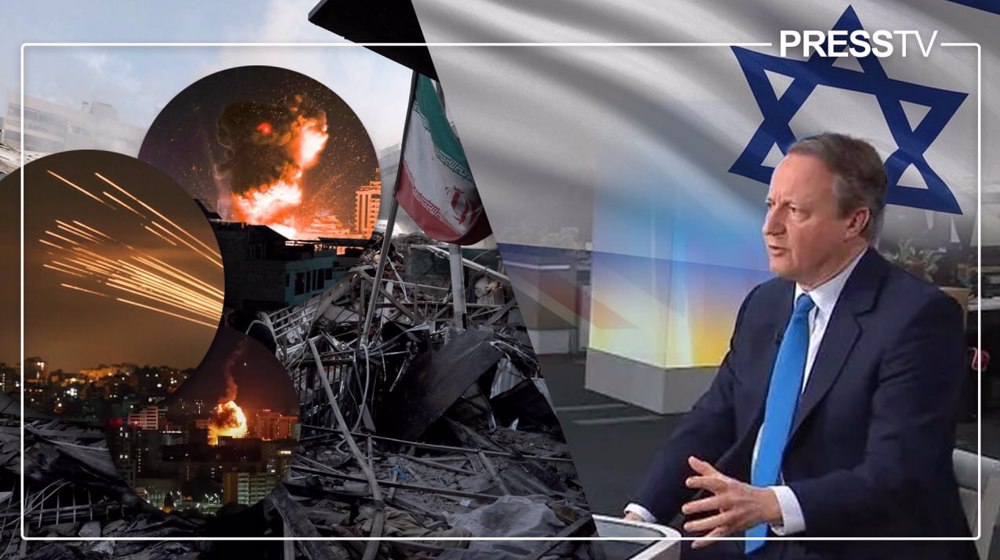Ahmad Shah Massoud: Legacy of Lion of Panjshir
Ahmad Shah Massoud was Afghanistan's national hero and anti-occupation resistance icon assassinated nearly two decades ago. The 17th anniversary of his assassination has been observed by laying a wreath at the Minaret of Resistance in Massoud Square in Wazir Akbar Khan in Kabul.
He was known for his fight against al-Qaeda and Taliban. Massoud was assassinated by al-Qaeda terrorists posing as journalists in Khajwa Bahawuddin district in Takhar in September 2001.
The anniversary of Massoud’s assassination is marked annually on September 9 in Afghanistan.
Abdullah Abdullah, the Chief Executive of the Islamic Republic of Afghanistan, hailed his services for the nation.
Massoud was the legendary commander who had nested in the strategic valley of Panjshir, north of the Afghan capital. From there in the 1980s, he fought against the Soviet occupation of Afghanistan, exacting heavy tolls on the Red Army.
By the end of the occupation in February 1989, Massoud had expanded his military influence throughout northern Afghanistan and politically emerged as the most influential man in the troubled region.
Months following the collapse of the Soviet Union, the so-called mujahideen fighters managed to capture Kabul in 1992, as the Communist government collapsed due to internal ethnic and tribal divisions.
Massoud, dubbed the Lion of Panjshir, was the man who captured Kabul. But the mujahideen of Afghanistan were divided along ethnic and tribal affiliations.
Both Massoud and Burhanuddin Rabbani, the head of the political party to which he belonged, were of Tajik ethnicity. In the years that followed, Rabbani became the president of Afghanistan. However, the tribal and ethnic fault lines proved too much and with outside interference, a bloody war erupted between parties that once fought side by side against the Soviet occupation.

By 1994, Massoud had survived many attempts to dislodge him from the capital by the leader of Hezb-e-Islami, Gulbuddin Hekmatyar, a Pashtun leader.
Previously, Massoud had captured Kabul when General Abdul Rashid Dostum, an Uzbek militia leader, had defected from the Communist government.
But in 1994, General Dostum allied himself with Hekmatyar and another prominent politician Sebghatullah Mojadidi, who ironically was the president of the newly formed mujahideen government in the initial two months, as part of an agreement. Mojadidi was bitter because he was not allowed to extend the term of his presidency. Together they launched a coup, but it was foiled by Massoud.
By 1995, he managed to drive the forces of Hekmatyar and General Dostum out of Kabul, only to be faced with a new enemy: the Taliban.
Taliban were the children of Afghan refugees in Pakistani seminaries, but they became the fuel of a war that had roots in the capitals of the global powers.
The Pashtun faction of the Communist party as well as hundreds of local and tribal commanders who were previously fighting against Massoud had joined the ranks of the Taliban.
With the support of the United States and Saudi Arabia, the Taliban unified the Pashtuns and managed to capture most of Afghanistan.
The Arab fighters pouring into Afghanistan brought with them a harsh version of Wahhabism, the radical ideology dominating Saudi Arabia and freely preached by Saudi clerics.
During their conquest of Afghanistan, they came across existing Qaeda camps.
In 2001, Massoud gave a clear warning of the danger of Qaeda leader Osama bin Laden and his band of US-backed international fighters who had held Afghanistan hostage for almost a decade in the run-up to the September 11 attacks.
Al-Qaeda had its eyes on the northern mountains of Afghanistan, which at the time were in the hands of Massoud. The northern mountains are strategic impregnable mountain ranges that are ideal for a guerrilla force.
There is no doubt that the Qaeda leader had made an opportunistic decision with the rise of the Taliban. Bin Laden, a former CIA agent, had decided to work with the Taliban and in doing so they placed themselves firmly against Massoud.
Towards the end of his life, Massoud was convinced that the United States and Saudi Arabia will never give up supporting militant groups across Afghanistan.
On September 9, 2001, two Qaeda members, posing as journalists, found their way to Massoud. During the supposed interview, they detonated explosives hidden in their camera killing Massoud.
Massoud issued repeated warnings that the world is on the verge of a political and security tragedy. Massoud's assassination was followed by the September 11 attacks, which became the catalyst for the US invasion of Afghanistan.
Massoud was an Afghan nationalist first and foremost. He was against any foreign interference whether it was from the Soviet Union or the United States. He certainly was not in favor of American boots on the ground. He would not have approved of current American policies in Afghanistan.
Massoud wanted an independent prosperous Afghanistan living in peace with its neighbors.
Iraqi resistance forces hit Israeli Ovda air base
Hackers break into Israeli military’s computers, access trove of documents
Tulkarm Brigade commander killed by Israeli forces in raid on refugee camp
Zionist media desperately trying to turn Israeli defeat into victory: Iran
VIDEO | Press TV's news headlines
Iran censures US veto of Palestinian request for full UN membership
Over 14,000 kids killed in Israel’s war on Gaza: UNICEF
VIDEO | Iran’s National Army Day marked at the Iranian embassy in Moscow











 This makes it easy to access the Press TV website
This makes it easy to access the Press TV website